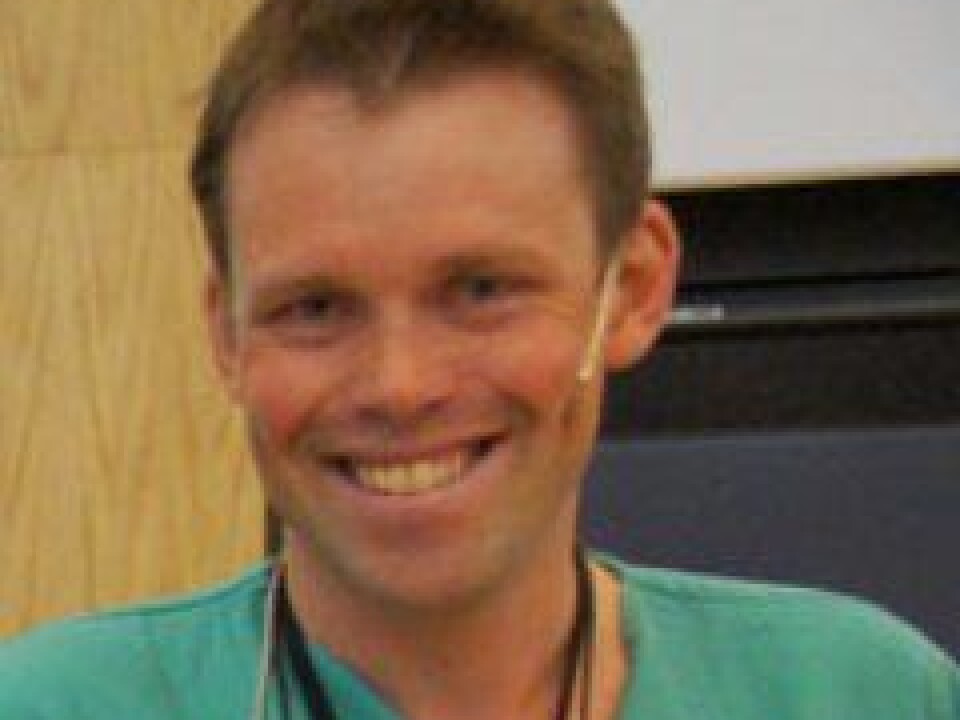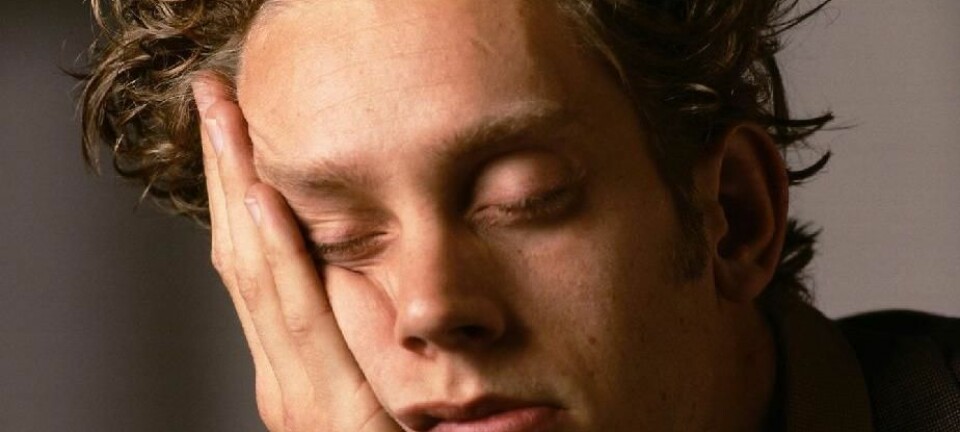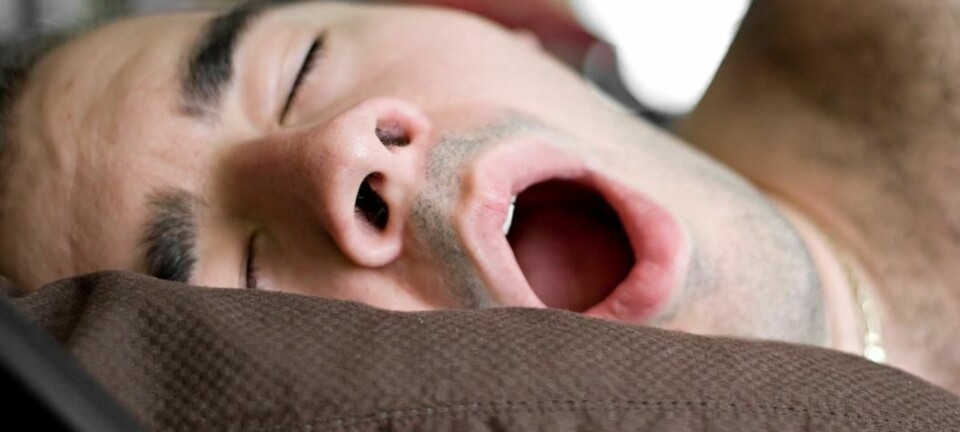An article from University of Oslo

Interrupted breathing during sleep more common than expected
One of six Norwegians aged 30 to 65 experience sleep apnoea. Could this be linked to psychological conditions?
Denne artikkelen er over ti år gammel og kan inneholde utdatert informasjon.
Sleep apnoea, defined as interrupted breathing lasting more than 10 seconds during sleeping, is relatively common in the Norwegian population.
This phenomenon is experienced by more than one person in six in the 30-65 years age group.
Men older than 50 are even more affected. 23 percent have the condition, which can give an increased risk for fatal cardiovascular diseases.
These figures are taken from a recent doctoral dissertation which has for the first time examined the prevalence of sleep apnoea in Norway. According to researcher Harald Hrubos-Strøm, the number of Norwegians with sleep apnoea is higher than that indicated in earlier Scandinavian studies, but results is in line with newer international studies in this field.

The earlier Scandinavian studies on sleep apnoea are somewhat outdated, and especially one important risk factor, overweight, has increased in the population.
Relaxed muscles
Obstructive sleep apnoea is different to central sleep apnoea and is the most common form of this disease. Where central sleep apnoea occurs due to an error in the brain's signals to the muscles, obstructive sleep apnoea is due to the muscles in the upper airways relaxing too much when we are asleep. The disease often gives symptoms such as loud snoring, tiredness during the daytime and headaches.
Hrubos-Strøm started by sending out questionnaires to 30 000 residents in three counties. The purpose of this questionnaire was to uncover risk factors for sleep apnoea: snoring, sleepiness, overweight and high blood pressure.
The results from the forms that were returned revealed a high risk for sleep apnoea in 1 in 4 of the persons. The response percent was 55.7 percent.
Examined sleeping people
In order to determine whether any of them had the diagnosis sleep apnoea, the subjects were examined using polysomnography. Using electrodes attached to the sleeping person's head, the researchers registered factors such as brain activity, muscle tension, cardiac rhythm and respiratory function. The diagnosis is given if the sleeping person experiences interrupted breathing of at least 10 seconds duration five times or more per hour.
It became apparent that the risk classification given by the questionnaire did not correlate well with the people who actually had the diagnosis.
Hrubos-Strøm relates the questionnaire's lack of precision to two factors:
"Firstly, the wording in the questions that measure tiredness as the risk marker was imprecise. Secondly, both our data and other literature indicate that daytime tiredness is considerably more strongly linked with psychiatric conditions than with sleep apnoea," he comments.
Uncertain link to psychological problems
Hrubos-Strøm also looked into the link between sleep apnoea and psychiatric diagnoses.
Earlier studies have used questionnaires to investigate such a link. And the researcher did interviews based the these studies.
290 persons, who were classified as having a high risk for sleep apnoea, were interviewed in depth by Hrubos-Strøm using the form SCID (Structured Clinical Interview for DSM-IV).
A third of the subjects interviewed had symptoms of a psychiatric condition, mainly depression and anxiety but also, to a certain extent, substance abuse conditions and somatoform conditions such as hypochondria and somatoform pain conditions.
However, the majority who met the criteria for a psychiatric diagnosis had not been given the diagnosis of sleep apnoea after clinical monitoring.
"We found no relationship between these conditions and the presence of sleep apnoea," comments Hrubos-Strøm.
More studies to be done
But does this mean that a relationship between sleep apnoea and psychiatric conditions can be excluded? Not necessarily, according to Hrubos-Strøm.
"A long-term study has been conducted in the USA using epidemiological material that has indicated a possible relationship, so it is probably more correct to say that our epidemiological clinical cross-sectional study has a nuanced picture with regard to the difference between symptoms and psychiatric diagnoses" he says.
"It is quite clear that several studies remain to be done to either confirm or reject a relationship between sleep apnoea and psychiatric conditions," says Hrubos-Strøm.

































